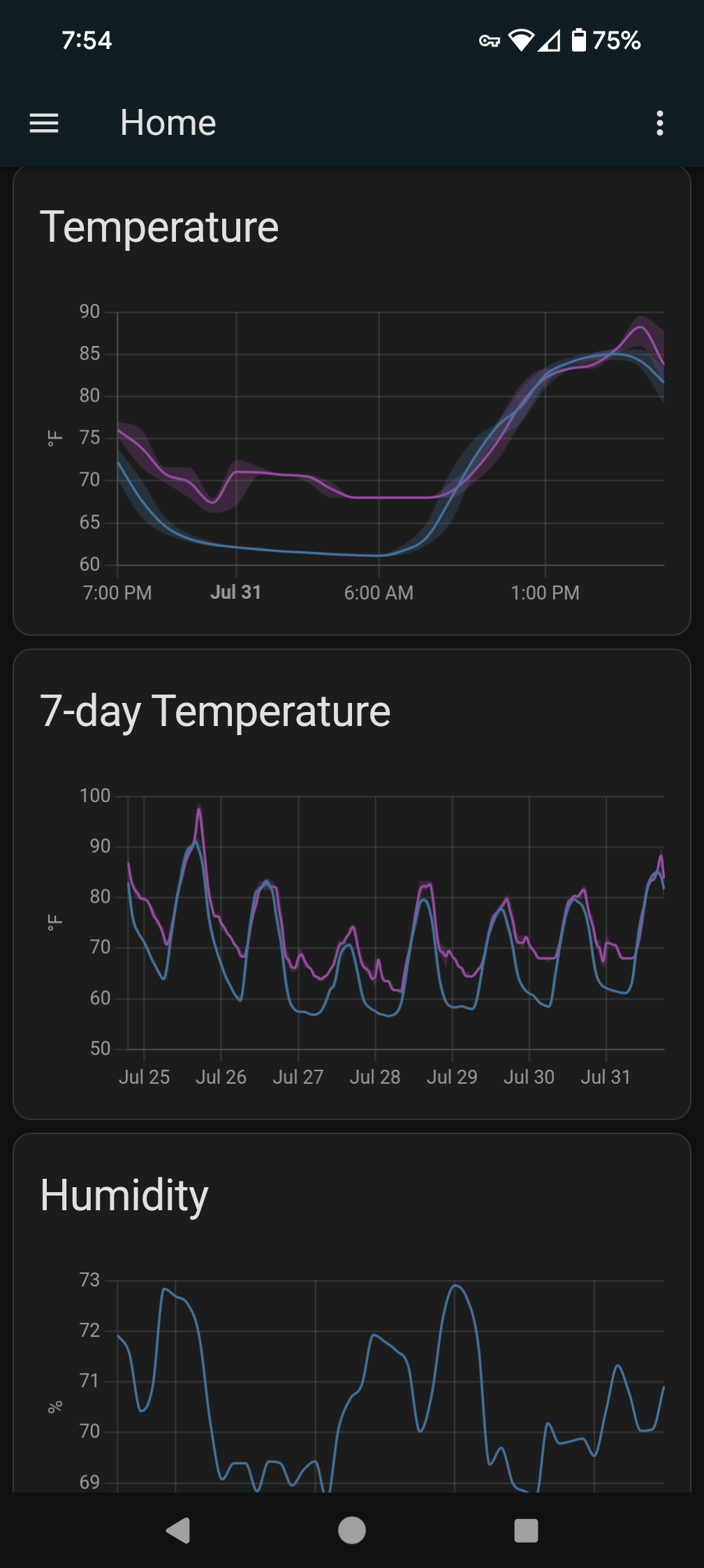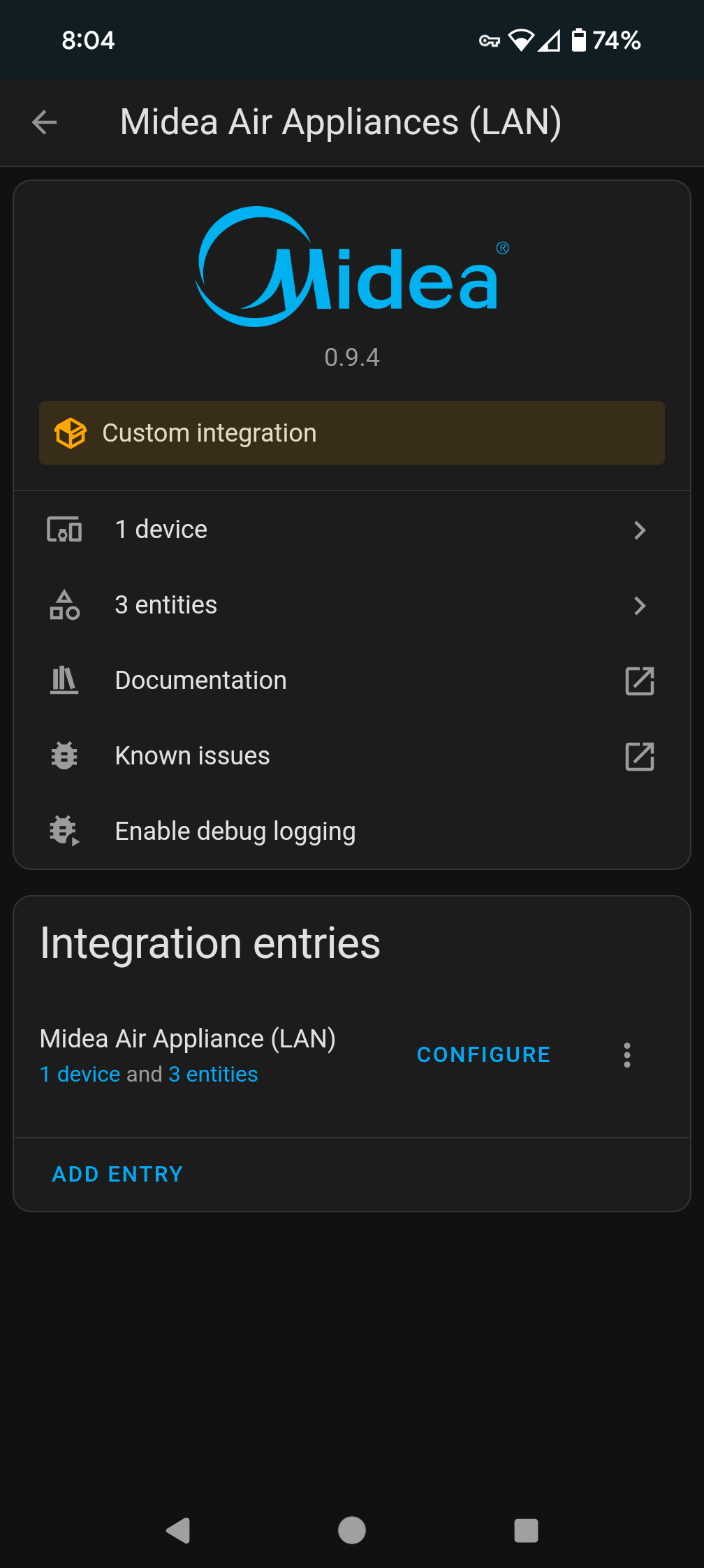

Straight up, Firefox isn’t search, so that’s never going to be competitive. Changing from Google is easy though. That aside though …
Comparing Firefox to Chrome is a little complicated as it comes default on pretty much all Android phones. Yes, we can change, but it’s still installed and running services in the background if I recall. I really hope the move away from useful extensions takes a toll on chrome and brings users over to Firefox.
Million dollar salaries are excessive IMHO and rarely justified. I’m with you on that.
Some things Mozilla does, and doesn’t do, have been instrumental in not only bringing awareness, but security for the web and triggering dialogue. That openness is important and not something Google has been known for.
Google may be covering their butt funding Firefox, but an Internet without Firefox may look much different today.





First of all, the ISP controls cable modem firmware. They have all the settings and manage the device. You don’t get much control there.
As for your question, I’d say no, for 2 reasons. First, designing that capability is expensive and modems are built for cheap reliability. Second, any hardware to spy is more useful installed in a data center accessible to their user base. There is not much point installing unnecessary tech to one endpoint.
As for router, they are beefier CPU-wise. AT&T has in the past prevented users from changing DNS settings and that could lead to lots of tasty data. Deep packet inspection is becoming more prevalent in home routers as is integration with other technologies. (EERO devices for example).
Make sure to fire up a VPN or something when you need.